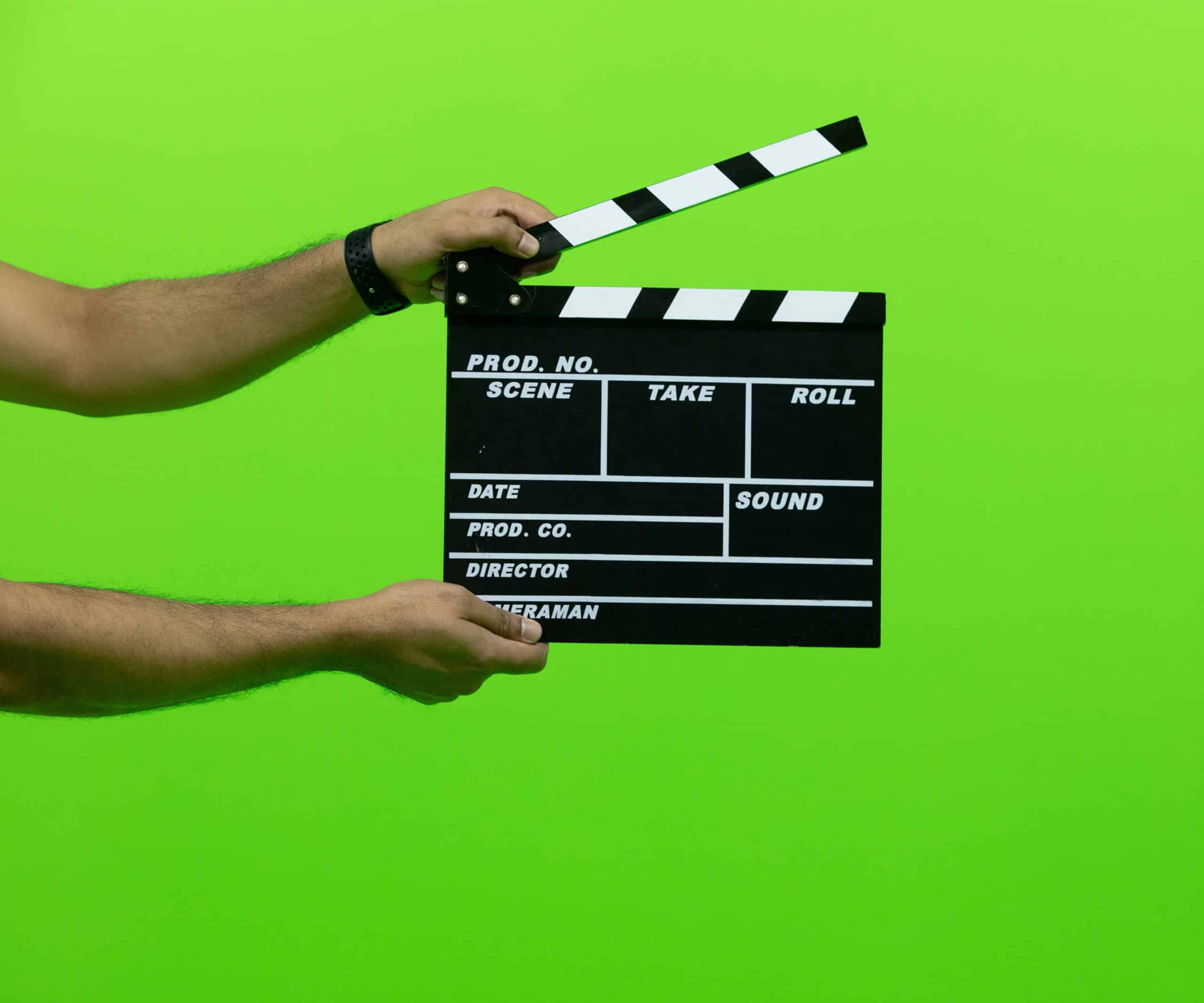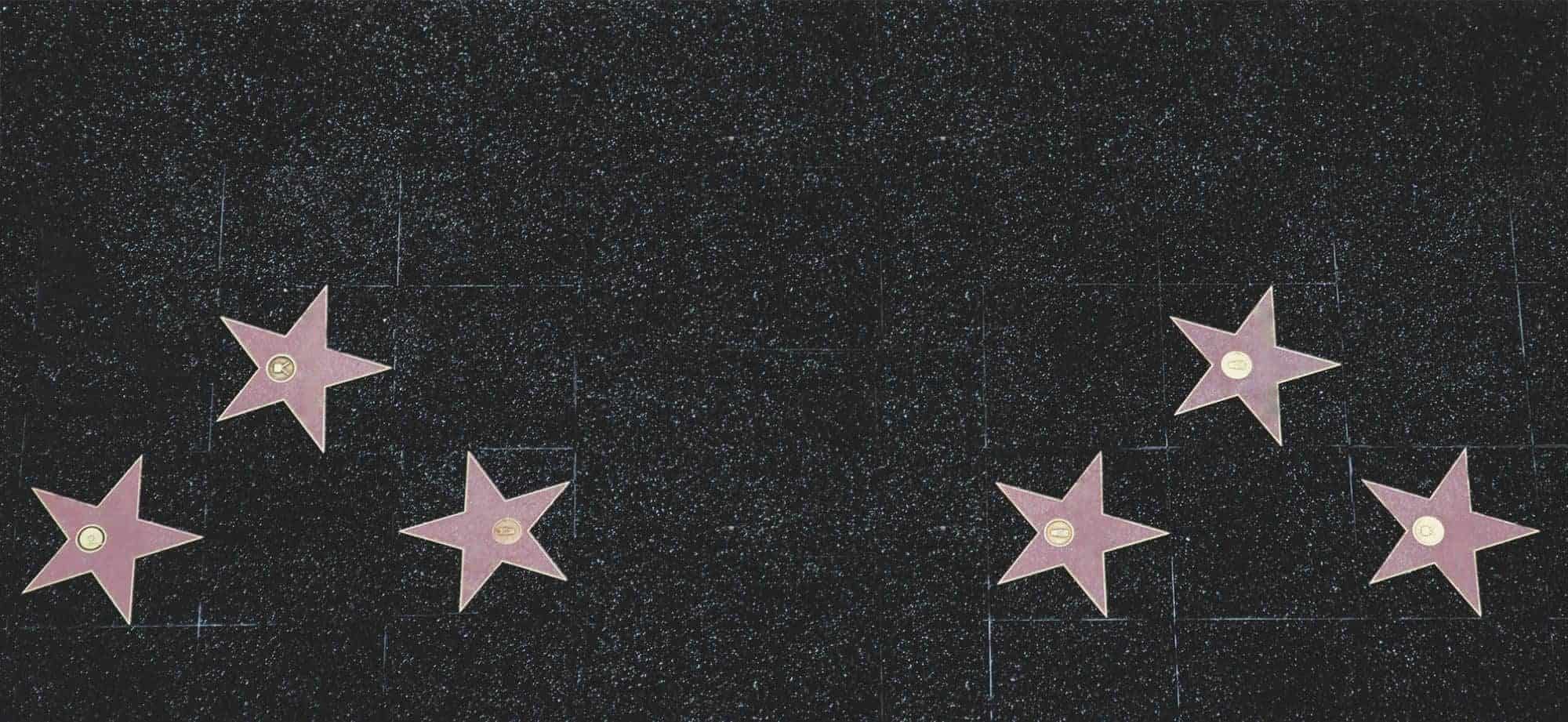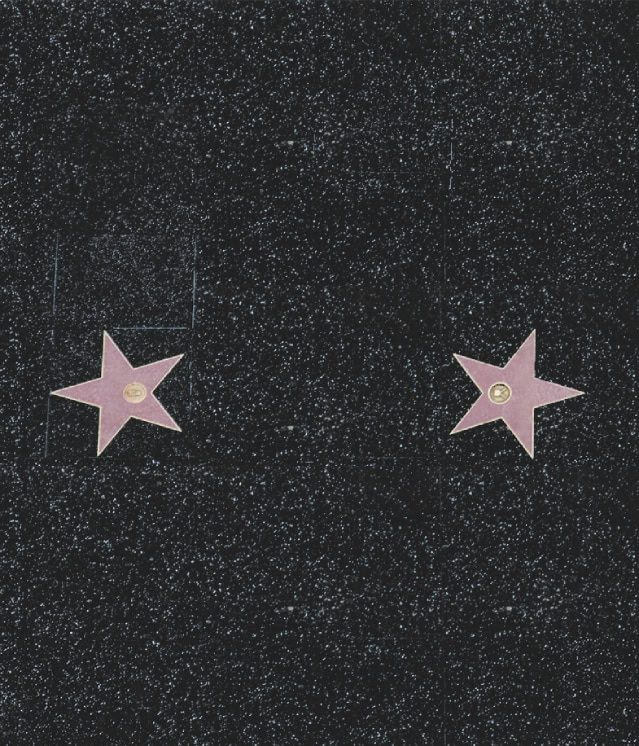
How to use the Chekhov Technique in your acting
The Chekhov Technique is a powerful tool for taking your acting to the next level. It is based on Constantin Stanislavski’s teachings. By using it, actors can explore their inner emotions and create believable performances.
It requires understanding a character’s psychology and physicality. It helps actors portray emotions through gestures and movements. Plus, it encourages imagination and visualization of the character.
The unique part of this technique is exploring archetypal qualities. Actors should discover physical gestures that represent certain traits. For instance, a dominant character may use confident movements while a timid one may use subtle approaches.
To use the Chekhov Technique, actors must do regular physical warm-ups and exercises. These help in developing body awareness, flexibility, and control. They also help release tension and prepare them for emotional exploration.
Pro Tip: Don’t hesitate to take risks and get lost in the character’s world. Feel the emotions authentically and trust that training will help you deliver an impressive performance.
What is the Chekhov Technique?
The Chekhov Technique is an acting method created by the renowned Russian actor and director, Michael Chekhov. It is a comprehensive approach that encourages actors to use their imagination, body, and emotions to make their performances more genuine.
By using the Chekhov Technique, actors can connect more closely with their characters and show the audience their motives and objectives. This technique focuses on inner gestures, psychological gestures, atmosphere, and archetypes to help the actor understand their character’s feelings.
A special part of the Chekhov Technique is its concentration on archetypes. These are symbols and patterns that are seen in all cultures and have strong psychological consequences. Through exploring these archetypes, actors can access the collective unconscious and make their performances applicable to everyone.
For example, one actor who studied and used the Chekhov Technique was able to change her portrayal of Lady Macbeth in Shakespeare’s play, “Macbeth”. Instead of relying only on anger or manipulation as her motivation, she accessed the archetype of “the shadow” – symbolizing suppressed feelings. This enabled her portrayal to be complex and showed Lady Macbeth’s internal difficulties better.
Benefits of using the Chekhov Technique in acting
To enhance your acting skills with the Chekhov Technique, explore the benefits it brings. Improve physicality and body awareness, enhance emotional expressiveness, and increase character development and depth.
Improved physicality and body awareness
Exploring the Chekhov Technique teaches actors to use movement for expression. They learn how physical actions show emotions and intentions. This understanding of physicality adds complexity to performances.
The Chekhov Technique also emphasizes the importance of physical sensations. Actors use all five senses to connect with the present moment, allowing them to embody their characters.
Uniquely, the technique focuses on imaginative bodywork. Actors explore imaginary qualities, such as weight and temperature, creating new ways of moving.
Michael Chekhov, a renowned Russian actor, was the originator of the Chekhov Technique. He believed connection to the body’s energetic centers unlocked creativity and expression. His success led him to teach it, which is why it is used in modern acting training.
Enhanced emotional expressiveness
The Chekhov Technique in acting gifts actors a special tool to liven up their emotional expressiveness on the stage. They can delve deep into their characters’ emotions and display a vast range of feelings convincingly to the spectators.
This technique lets actors explore human emotion and conjure up genuine performances. Exercises, such as psychological gestures and imaginary centers, help them access their own experiences and emotions to give their characters depth and complexity.
A particular advantage of the Chekhov Technique is its concentration on the physicality of emotion. Actors learn to show certain emotions through movement, gestures, and expressions. This physical approach aids them to bond with their characters on a deeper level. It also allows them to transmit complex emotions without speaking. Therefore, the audience has a greater sense of emotional involvement during the performance.
An exciting story related to heightened emotional expressiveness through the Chekhov Technique involves Anthony Hopkins. While getting ready for his famous role as Hannibal Lecter in “The Silence of the Lambs,” Hopkins used this technique to completely immerse himself in the character’s chilling emotional state. By utilizing his own personal reservoirs of darkness and despair, Hopkins was able to represent Lecter with an alarming realism that mesmerized viewers worldwide.
Increased character development and depth
Discover the Chekhov Technique and take your acting to new heights! This important tool can help actors bring depth and character development to their performances. With this technique, actors can unlock hidden layers and complexities of their characters.
Plus, the Chekhov Technique encourages physical expression to express emotions. Movement and gesture can enhance performance and give it visual appeal.
And, actors can use real-life emotions and memories to make their characters feel genuine and relatable. This technique has been proven to be very effective in improving an actor’s skills.
So, don’t miss out on the chance to explore your characters and create unforgettable performances. Tap into the power of the Chekhov Technique and unlock new depths in your acting!
Step-by-step guide to using the Chekhov Technique
To effectively use the Chekhov Technique in your acting, follow this step-by-step guide. Understand the psychological gesture, incorporate the use of atmosphere, and explore the centers of energy. Each sub-section will provide you with valuable insights and practical tips to enhance your acting skills using this renowned technique.
Understanding the psychological gesture
The psychological gesture is key in the Chekhov Technique. This involves using physical movements to access and express emotions. Knowing the psychological gesture helps actors to dig deeper and connect with their character’s feelings. This creates a more natural performance.
Every individual has their own unique psychological gesture. This could be a certain posture or movement symbolizing a certain emotion. For example, clenched fists and tense muscles might indicate anger. Through these movements, actors can access the related emotions.
The concept of the psychological gesture was invented by Russian theater director Michael Chekhov. He thought this technique would create more truthful performances. His approach changed acting methods around the world.
A great example of the psychological gesture is Anthony Hopkins‘ portrayal of Hannibal Lecter in “The Silence of the Lambs.” Hopkins realized that a slight tilt of his head would evoke a feeling of menace and intelligence. This choice enabled him to fully inhabit Lecter’s psyche.
Understanding the psychological gesture is vital for actors wanting to explore different roles. By utilizing this technique, performers can tap into intense emotions and deliver amazing performances.
Incorporating the use of atmosphere
The Chekhov Technique provides an instructional guide for actors to increase their skills. Atmosphere is a key part of this technique. Setting the right environment helps both the performers and the viewers to be absorbed in the play.
Attention must be given to every detail of the performance space. Lighting, sound, props, and set design all help to create the desired atmosphere. Color palettes, music, and even smells can help evoke certain emotions or form a mood.
Actors also play an important role in generating atmosphere. Body language, facial expressions, and vocal techniques such as inflection and tone modulation can all add to the atmosphere. Interaction with each other and their surroundings also contributes to creating a captivating atmosphere.
Timing and pacing are also important. Each moment should be crafted to build anticipation or create tension. Embracing silence can sometimes be more powerful than words.
Pro Tip: Incorporating atmosphere is more than just putting objects on stage or playing music. It requires understanding the world being created and recognizing how every element works together to transport performers and viewers to another realm.
Exploring the centers of energy
We must comprehend the qualities of the energy centers and how they can shape our performances. The first is at the base of the spine. It gives us stability and grounding. Connecting with this allows us to build a strong base for our characters.
The second center is the pelvic bowl. This center is about emotion and sexuality. Engaging with this can give our characters passion and intense emotion.
The third center is in the solar plexus region. Here, we find transformation and personal power. This helps us portray our characters’ journeys of growth and change.
The fourth center is the heart. It’s about love and compassion. By connecting with this, we can convey genuine emotion to the audience.
The fifth center is in the throat area. It’s about expression and communication. Using this center allows us to deliver our characters’ thoughts, desires, and intentions.
The sixth center is between the eyebrows. Intuition and insight live here. Tapping into this gives our performances authentic instincts.
The seventh center is at the crown of the head. It’s a divine connection or spiritual awareness. This lets us bring a sense of transcendence to our characters. Connecting with this center creates a profound sense of presence for us to inhabit our roles.
Remember, exploring the energy centers is a practice. Spend time with each and work on integrating them. This will hone your ability to use the Chekhov Technique, leading to more energized and meaningful performances.
Practical exercises for incorporating the Chekhov Technique in acting
To incorporate the Chekhov Technique in your acting effectively, try these practical exercises: Gesture exercises, Atmosphere exercises, and Energy center exercises. Each sub-section provides unique solutions to enhance your performance by focusing on specific aspects of body language, atmosphere creation, and harnessing inner energy centers.
Gesture exercises
Gesture exercises can add depth to your acting. Here’s a 3-step guide:
- Observe people. Notice their body language and gestures. Make a note of anything interesting.
- Improvise. Stand in front of a mirror or work with a scene partner. Mix and match gestures to create different emotions or actions.
- Storytelling. Use the observed gestures in a monologue or scene. Enhance the storytelling experience for the audience.
Remember: Don’t mimic others. Use your own observations to express your character.
Konstantin Stanislavski was one of the most influential theatre practitioners. He developed the Chekhov Technique for acting training.
Atmosphere exercises
This atmosphere helps actors to fully embody the essence of a scene. They can do this by immersing themselves in its unique environment. Such exercises include:
- “Sensory Exploration”, to explore the specific sounds, smells, textures, and visuals of the imagined environment.
- “Emotional Recall”, is to tap into personal experiences to evoke emotions that align with the atmosphere of the scene.
- “Character Observation”, to gain inspiration for portraying different characters within a particular atmosphere.
- “Spatial Awareness”, to become more attuned to their physical space within an atmosphere.
- “Partner Connection”, to establish a shared emotional and atmospheric connection with scene partners.
To further master these exercises, actors should:
- Research the era or context of the scene.
- Practice mindfulness to remain present within the given atmosphere.
- Participate in improvisation exercises to sharpen instincts and adapt to different atmospheres.
- Experiment with varying levels of intensity and subtlety.
- Seek feedback from directors, fellow actors, and acting coaches.
By doing so, actors can create authentic atmospheres that captivate audiences and bring their characters to life.
Energy center exercises
Connect with your breath. Let it flow freely.
Visualize vibrant energy running through your energy centers. From the root chakra to the crown chakra.
Do movements that correspond to each one. Activate and balance them.
Experience different energies like stillness, expansion, contraction, or radiance in each center.
Allow yourself to feel and express the emotions and sensations.
These exercises boost your presence on stage and your connection with your characters. You can bring more vitality and authenticity to your performance.
Remember: Patience and regular practice are key. The more you do the exercises, the more profound their impact on your acting.
Tips and considerations for effectively using the Chekhov Technique
To effectively use the Chekhov Technique in your acting, incorporate these tips and considerations. Consistency and commitment, collaborating with other actors and directors, and continued practice and exploration are the key sub-sections that will guide you toward mastering this powerful acting technique.
Consistency and commitment
The Chekhov Technique: Consistency & Commitment Key.
This technique encourages actors to explore their individualism within a framework. It requires them to push themselves in order to grow and stay consistent in their practice.
Regularly engaging in the exercises allows them to gain a deep understanding of the principles and concepts. Exploration and experimentation help to discover new ways to bring characters to life.
Maintaining connections with fellow actors is essential for a strong ensemble. This helps create compelling performances with emotional depth and authenticity.
Meryl Streep has credited her consistent use of the Chekhov Technique as being instrumental in her successful career. By embracing the principles of this technique, actors can deliver powerful, authentic performances that leave an impression.
Collaborating with other actors and directors
Engage in open communication – chat and exchange ideas with your fellow actors and directors. It builds an environment where everyone’s ideas help the project’s success.
Be receptive to feedback – accept constructive criticism from other people involved in the production. It can help you to grow and make the production better.
Establish a shared vision – work with others to create a common vision for the project. This ensures that everyone is on the same page and striving for the same goal.
To get the best collaboration, be professional and offer creative freedom amongst your peers.
Pro Tip: Collaboration is a two-way street. Be active in giving support and help to your peers. This makes a good working relationship.
Continued practice and exploration
Regular practice of the Chekhov Technique assists actors in developing a deep understanding of its principles. Exploring different exercises and approaches can widen an actor’s range and versatility.
This exploration also allows actors to discover hidden emotions and psychological depths in their characters. Continual practice encourages actors to venture beyond their comfort zones, potentially leading to breakthroughs in their performances.
Through ongoing exploration, actors can rise above the restrictions of traditional acting methods and make truly unique and genuine performances.
It’s essential for actors to constantly challenge themselves by applying the Chekhov Technique to different roles and genres. Doing so can help them unlock the technique’s entire potential across various storytelling styles.
One fun fact about the Chekhov Technique is that it was created by renowned Russian actor and director Michael Chekhov. His unique approach revolutionized acting training and continues to be influential in today’s theater practices.
Conclusion
The Chekhov Technique is a powerful tool for actors. It uses psychological gestures, atmosphere, and imaginary centers to add depth and authenticity to characters. Physicality is key for expressing emotions and intentions.
Using psychological gestures lets actors access their inner world and show it through movement. Atmosphere must also be created. Visualize a tranquil forest or a busy city to set the scene. The imaginary center provides a foundation for movements.
I experienced this. I had trouble conveying a challenging role. But, using the technique helped me access unexpected vulnerability and authenticity in my performance. This made a huge difference to my interpretation of the role.
Frequently Asked Questions
Q: What is the Chekhov Technique?
A: The Chekhov Technique is a method of acting developed by renowned Russian actor and director Michael Chekhov. It focuses on the use of imagination, physicality, and psychological gestures to create truthful and dynamic performances.
Q: How can the Chekhov Technique benefit actors?
A: The Chekhov Technique offers actors a unique approach to character development and emotional exploration. It helps actors tap into their imaginative powers, expand their physical expressiveness, and connect deeply with their characters.
Q: Are there any specific exercises associated with the Chekhov Technique?
A: Yes, there are various exercises and techniques used in the Chekhov Technique. Some examples include Psychological Gestures, Imaginary Centers, Radiating/Receiving, and the Expansion and Contraction of Energy exercises. These exercises help actors develop a wide range of skills and tools for performance.
Q: How can the Chekhov Technique enhance my vocal skills?
A: The Chekhov Technique emphasizes the connection between the body, emotions, and voice. Through its exercises and exploration of psychological gestures, actors can develop greater vocal expressiveness, resonance, and clarity. It helps actors discover new vocal qualities and allows for a more dynamic and engaging delivery of their lines.
Q: Can the Chekhov Technique be used in different acting styles?
A: Yes, the Chekhov Technique is versatile and can be applied to various acting styles, including classical, contemporary, and experimental. Its principles and exercises can be adapted to fit different genres and performance contexts.
Q: Are there any resources available for learning the Chekhov Technique?
A: Yes, there are books, workshops, and online resources available for actors interested in learning and applying the Chekhov Technique. Some recommended resources include Michael Chekhov’s book “To the Actor” and workshops conducted by certified Michael Chekhov teachers.
Subject: How to use the Chekhov Technique in your acting
Company: Hollywood Connections Center
Network: MyHollywoodPage.com
The Hollywood network of arts and creative professionals.





